Albumin ELISA Kits

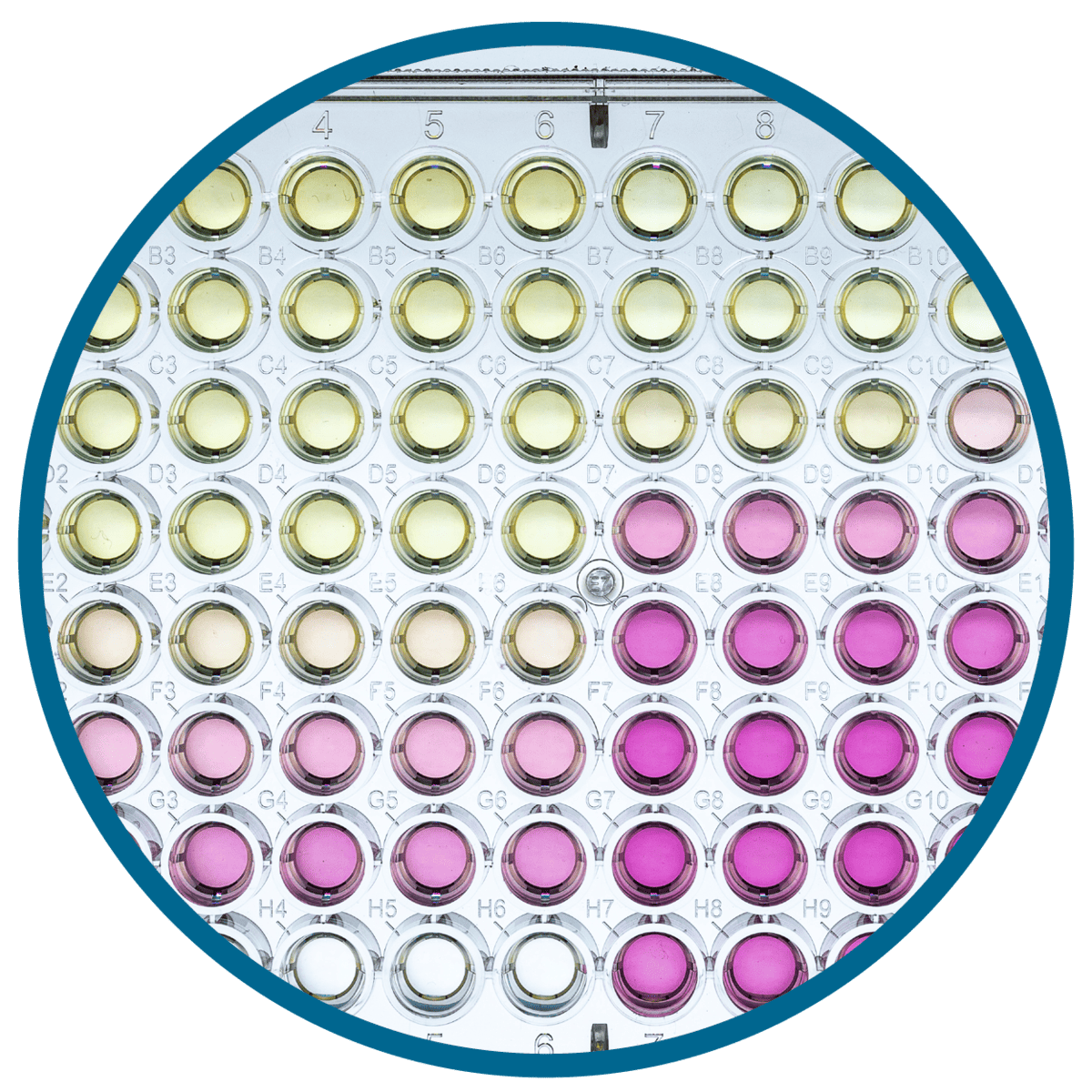
Albuwell Hu
Human Albumin ELISA
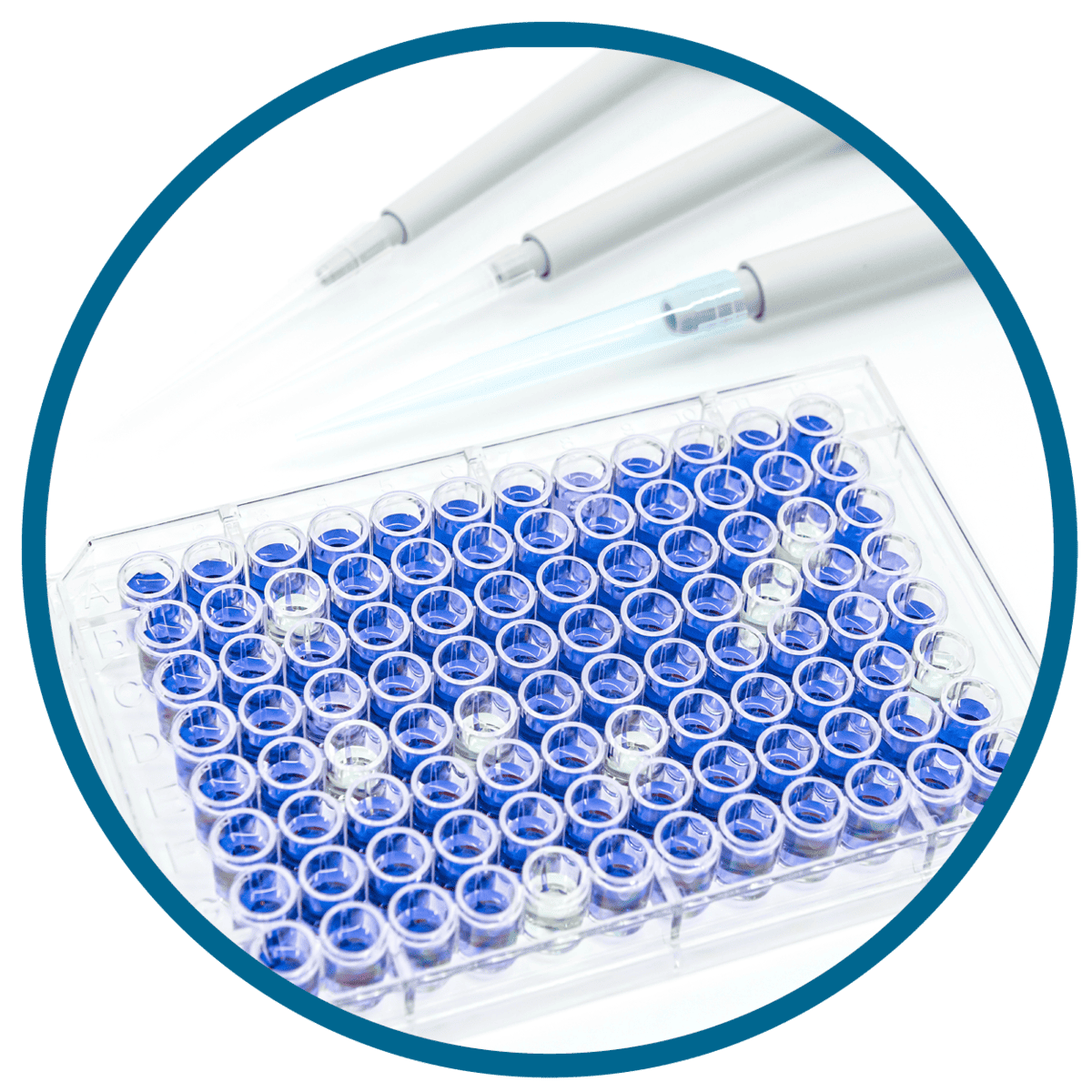
Albuwell M
Mouse Albumin ELISA
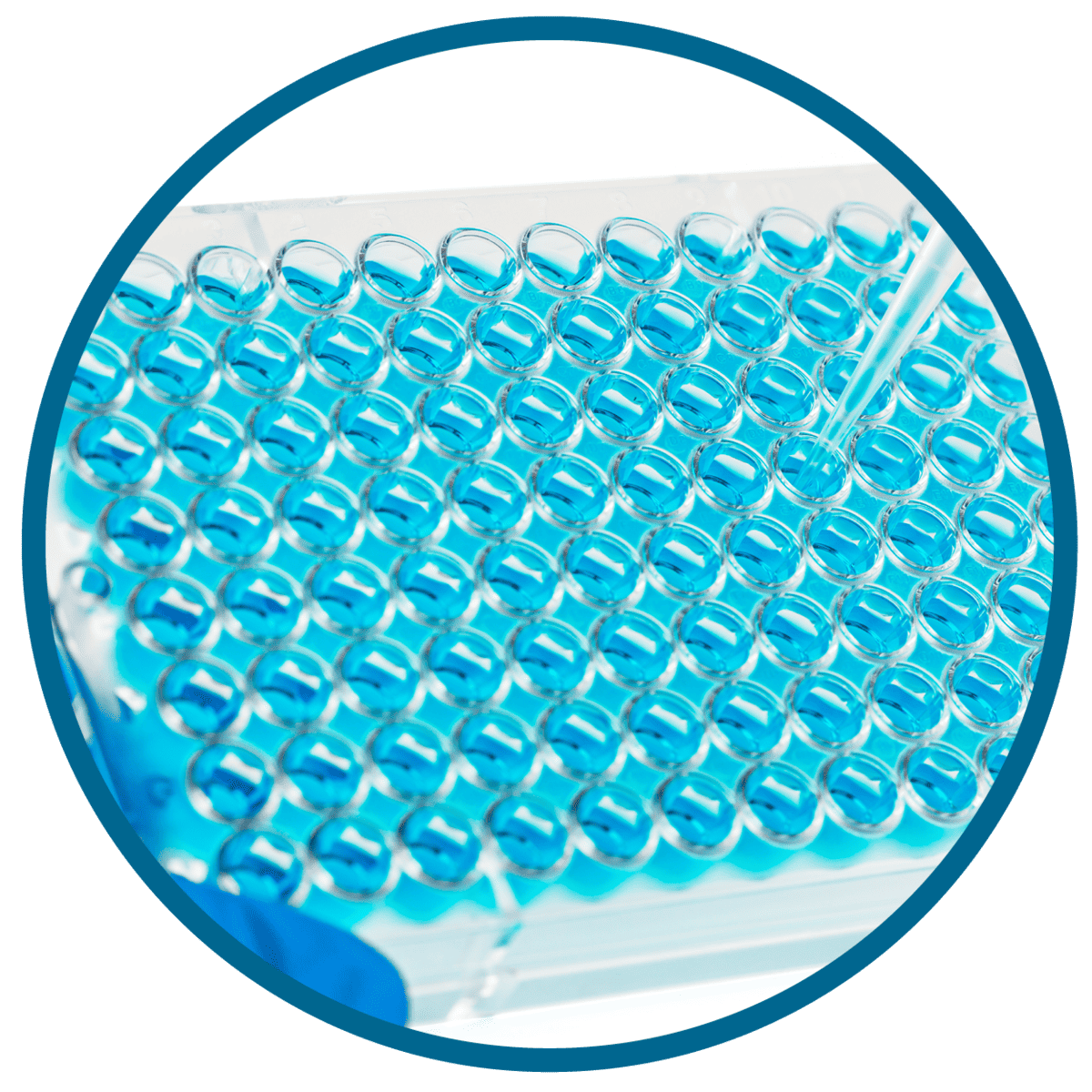
Nephrat II
Rat Albumin ELISA
Why choose Exocell Albumin ELISAs?
Our Albumin ELISAs efficiently assess kidney function through ELISA-based microalbuminuria measurement from human, mouse, sheep, and rat samples. Part of our Exocell ELISA portfolio, each Albumin ELISA kit provides robust quantitative detection and monitoring of microalbuminuria, which is defined as concentrations of albumin in the urine that are not detectable by conventional dipstick methods. These Albumin ELISA assays are highly specific, easy to use, and assist in monitoring the development of incipient nephropathy.
Unlike other Albumin ELISA kits which are designed to measure the much higher concentrations of albumin present in plasma or serum, Albuwell and Nephrat II ELISAs are optimized for highly accurate and precise measurement of the much lower concentrations of albumin present in the urine during nephropathy or kidney injury. Included reagents are either ready-to-use or require minimal dilution, which limits the introduction of variability. Figure 1 demonstrates the robustness of the Albuwell M assay during generation of a standard curve, where the average coefficient of variation (CV) is only 4.166% (n = 8).
What is albumin?
Albumin is a protein that carries vitamins, enzymes, and hormones throughout your body. Albumin is made by your liver & it prevents fluid from leaking into your bloodstream. Low albumin levels points to issues with your kidneys or liver.
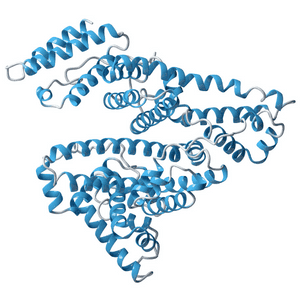
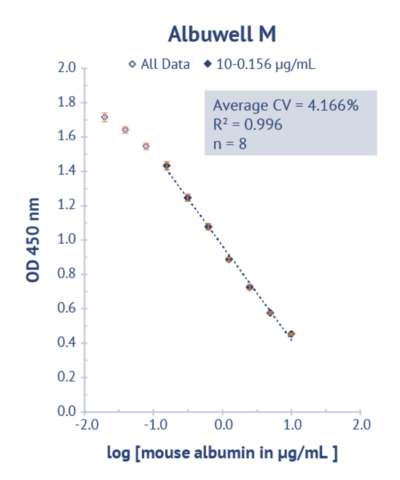
Albumin ELISA Technical Details
Albuwell H, M, O, and Nephrat II ELISAs are set up as competitive ELISA assays. The human, mouse, sheep, and rat kits use direct detection for the most streamlined workflows, with the sheep kit implementing indirect detection using rabbit anti-ovine albumin as the primary antibody. Detection is accomplished via conjugated horseradish peroxidase (HRP) and a colorimetric substrate that absorbs at 450 nm.
